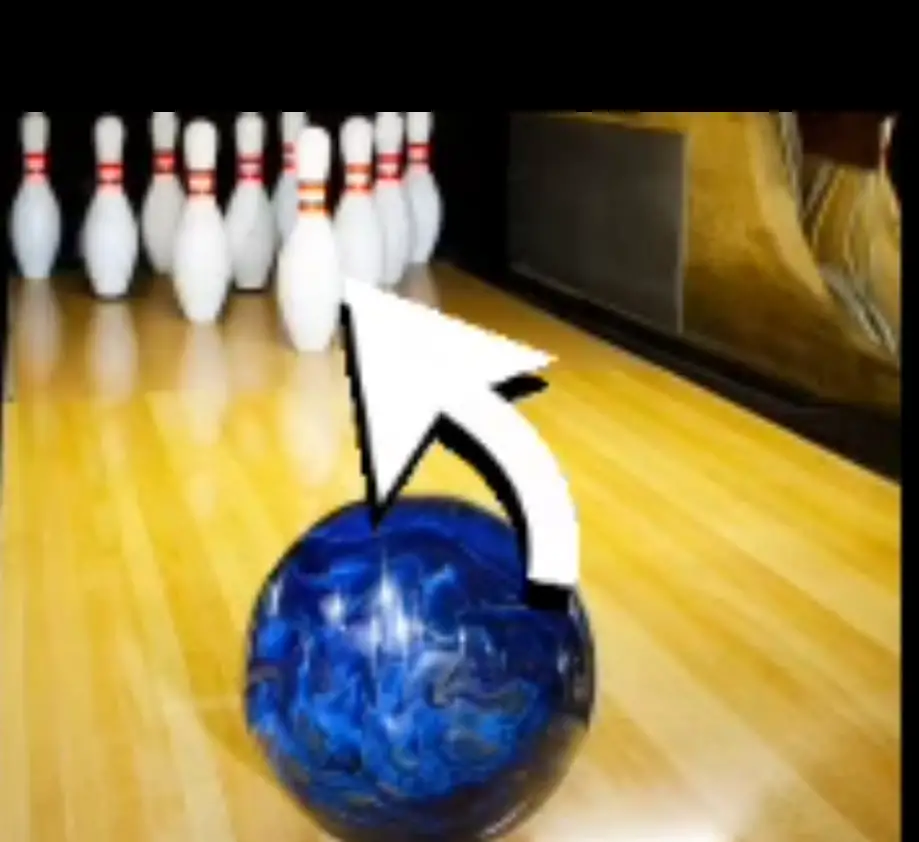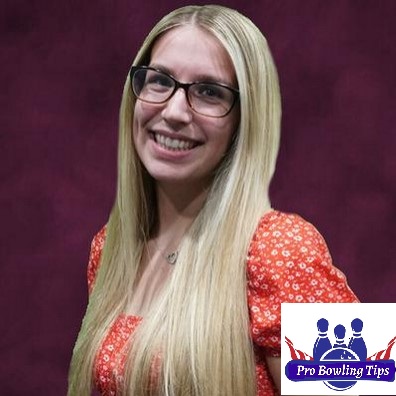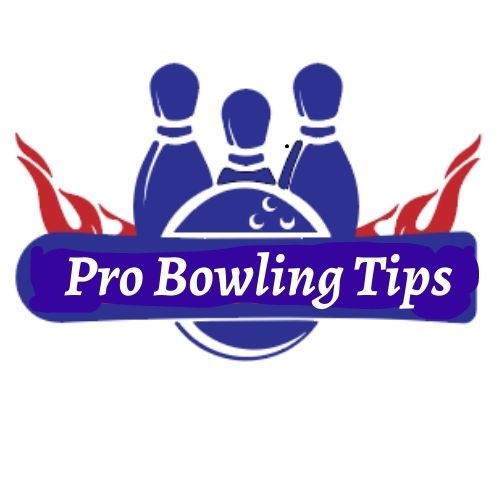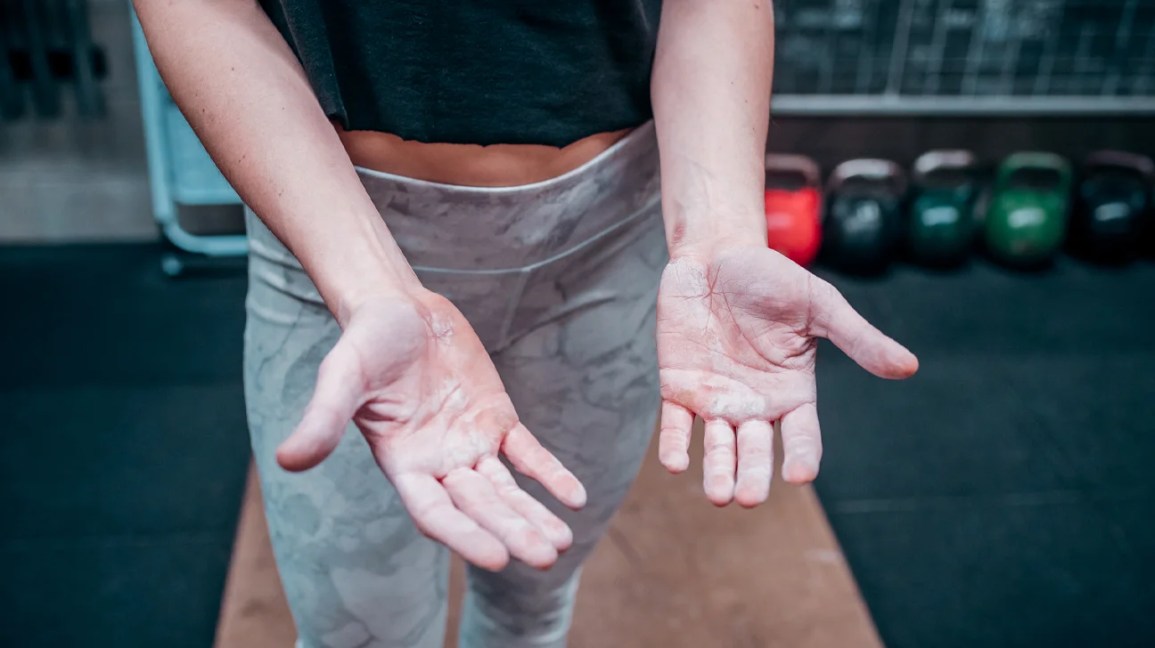Bowling is as much a science as it is a sport. Achieving the perfect ball motion down the lane requires an in-depth knowledge of how equipment specifications and throwing mechanics interact.
The backend response of a bowling ball is how much it hooks in the backend part of its roll. The backend reaction determines whether you get strikes or leave spares. A ball with a strong backend reaction will hook more at the end of its roll, making it more likely to hit the pins accurately and knock them all down.

This comprehensive guide will break down the definition of Backend in the game of Bowling. With a solid understanding of backends, you can take control of your ball’s reaction for unmatched pin-carrying power in any lane condition.
What is the Backend in Bowling
The backend term in bowling refers to the final third of the lane, extending from the breakpoint to the pins. It is a critical area where the ball experiences the most movement, either breaking or hooking. The last reaction determines the ball’s chances of a strike or spare or falling down to gutter.
Backend in bowling refers to a crucial phase in a bowler’s strategy, especially regarding ball motion on the lane. Imagine it as the point in the ball’s journey where it faces the challenge of friction or dry lane conditions.
Think of it this way: rolling a bowling ball glides smoothly on the oily part of the lane at first. But things get interesting when it encounters backend part. This is where the ball reacts, changes its course, and starts to hook or curve.
Understanding the backend is like knowing how your car handles on a wet or icy road versus a dry one. It’s all about adapting to the conditions.
In practical terms, different bowling balls react uniquely in the backend. Some might hook sharply, while others move more smoothly. This knowledge helps bowlers make intelligent choices based on the lane conditions and the ball they use.
So, the backend in bowling is like the twist in a good story—it’s the exciting part where the ball shows its true colors and sets the stage for success on the lanes.
How Do You Get More Backend Reaction on a Bowling Ball
Use a ball with a higher RG and stronger coverstock to increase backend reaction on a bowling ball. To maximize backend reaction, you must adjust your speed, improve your rotation, experiment with release points, and practice different oil patterns.
Here are the strategies you can employ to increase backend reaction:
Bowling Ball Selection
- Choose a ball with a higher RG (radius of gyration), as it will have more weight concentrated in the core, creating increased friction and hook potential.
- Opt for a ball with a stronger coverstock, which generates more friction with the lane, resulting in enhanced backend reaction.
Adjust Release Technique
- Increase the speed of your release to generate more friction between the ball and the lane, leading to a stronger backend reaction.
- Focus on adding more backend rotation to the ball during release. This increased rotation will cause the ball to hook more as it travels down the lane.
Experiment with Release Points
- Practice with different hand positions release during your approach to find the one that generates the most backend reaction for your specific bowling style.
Practice on Various Oil Patterns
- Adjust technique and equipment for different oil patterns. Practice various patterns to learn how to adapt your bowling ball and strategy for maximum backend reaction.
Remember, while these techniques can enhance the ball’s backend reaction, they do not guarantee more strikes. However, they can help create more opportunities for strikes and spares by optimizing your ball’s performance during the backend phase of the lane.
Bowling Ball Hook vs. Backend Reaction
In a Bowling ball, the hook refers to its curving motion as it travels down the lane, influenced by weight block, coverstock, and surface factors. In contrast, the backend reaction occurs after the ball reaches the breakpoint, affected by lane oil patterns, ball type, and the bowler’s release.
Bowling enthusiasts often use the terms “hook” and “backend reaction” interchangeably, but they carry different meanings and are crucial in understanding a ball’s behavior on the lane.
Let’s now understand more about Bowling ball Hook and Backend Reaction:
Bowling Ball Hook
The hook of a bowling ball signifies its curving path as it moves towards the pins. The amount of turns is not random; several key factors determine it. Firstly, the weight block within the ball’s core influences the ball’s rotation.
The hook of a bowling ball is affected by its weight block configuration, coverstock, and surface finish. A different weight block, coverstock, or surface finish will result in a different hook.
Backend Reaction
The backend reaction comes into play after the ball passes the breakpoint, where it starts to hook. The oil pattern on the lane greatly influences this reaction. A oily lane provides less lubrication, allowing the ball to grip the surface and hook more agressively. on the contrary dry lanes reacts opposite.
The backend reaction of a bowling ball is affected by the oil on the lane, the bowling ball’s RG, and the bowler’s release. A drier lane, a higher RG, and more backend rotation will all result in a stronger backend reaction.
While bowling ball hook and backend reaction are closely related, they represent different phases of a ball’s journey down the lane. Understanding these terms helps bowlers fine-tune their game and select the right equipment for various lane conditions.
Which Bowling Ball Hooks Most on The Back-End?
A robust backend hook is key for bowlers to achieve strikes and spares. The choice of bowling ball plays a pivotal role in achieving this.
Here are five bowling balls with exceptional backend reactions for different preferences and lane conditions.
Ebonite Aero
The Ebonite Aero, with its RG of 2.504 and a Diff of 0.050, boasts a high RG (radius of gyration) and a robust GSV-X coverstock, making it a formidable choice for those in pursuit of a strong backend hook. Its hook potential and control blend make it an excellent option for bowlers of all skill levels.
Hammer Obsession
The Hammer Obsession, featuring a lower RG of 2.490 and a Diff of 0.050, has an R2S Solid coverstock, bringing an aggressive backend reaction to the game. Bowlers looking to excel on heavy oil patterns will appreciate its ability to create substantial hook-and-pin action.
Brunswick Zenith
The Brunswick Zenith, with an RG of 2.495 and a Diff of 0.045, is recognized for its smooth and reliable backend reaction, ideal for maximizing carry and striking consistently. Its lower RG, combined with an NRG Pearl coverstock, balances control and hook potential, making it a dependable choice on medium oil patterns.
Storm Parallax
With an RG of 2.500 and a Diff of 0.050, the Storm Parallax features a high RG and Proton Path Solid coverstock, delivering a potent hook. Its versatility makes it suitable for bowlers across different skill levels.
Storm Proton Physix
The Storm Proton Physix, boasting an RG of 2.480 and a Diff of 0.040, offers a controlled backend reaction that prioritizes carry and accuracy. This ball is valuable for bowlers looking to excel in medium-oil lane conditions.
Choose the bowling ball with the right backend hook potential for your playing style and lane conditions. Consult a bowling coach or pro shop professional for help.
Conclusion
The backend term in bowling is where the magic happens, the ball’s path is determined, and success is forged. Choosing the right bowling ball is akin to selecting the perfect tool for an artist, enabling bowlers to craft their masterpieces on the lanes.
By understanding the dynamics of the backend hook and making informed choices, you can step up your game and embrace the exhilarating journey of knocking down those pins with style and precision.

Passionate Bowler and Bowling Enthusiast
Jess Pinelli is a dedicated bowling enthusiast with a deep love for the sport that spans over 6 years. With numerous strikes, spares, and a few gutter balls under hes belt, he has honed his skills on lanes across the country. Pinelli’s journey in the world of bowling has been a remarkable one, from casual weekend games with friends to competitive league play and even a few local tournaments.
Driven by her passion for the game, Pinelli decided to channel her expertise and knowledge into the digital realm, becoming a prolific author on this bowling website. She’s your go-to source for everything bowling-related, from mastering the perfect hook to choosing the right bowling ball and even navigating the world of bowling etiquette.
When she’s not busy writing informative articles or reviewing the latest bowling gear, you’ll likely find Pinellis at her favorite local bowling alley, helping newcomers improve their game or enjoying some friendly competition with fellow bowlers. She firmly believes that bowling is not just a game but a community, and she’s committed to fostering that sense of camaraderie both online and offline.



